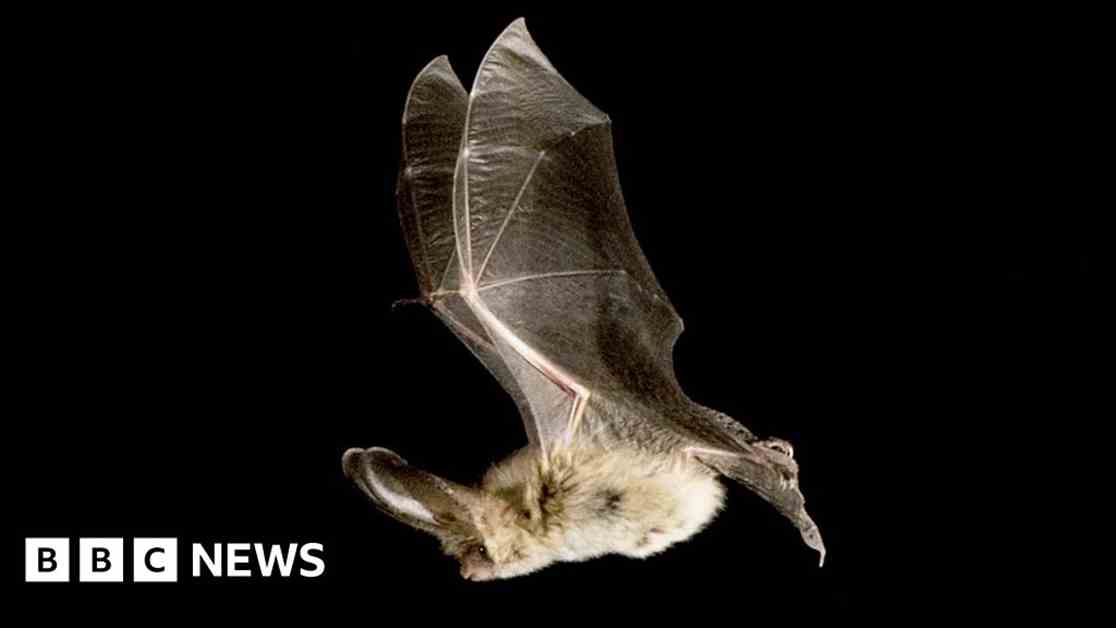Dunwich Pillbox Repurposed as Bat Habitat After D-Day Training
A German-style pillbox used for Army training in the run-up to D-Day has been transformed into a home for some of Britain’s most protected bat species. The pillbox, located at Dunwich Heath and Beach on the Suffolk coast, now houses brown long-eared and Natterer’s bats, thanks to the efforts of the National Trust.
The pillbox was originally part of the training area for British soldiers during World War Two, designed to mimic German defences. It has been modified by sealing up its openings, adding new access slits, and incorporating specially-designed bat bricks to provide a suitable bat habitat. Richard Gilbert from the National Trust described the conversion as a way to honor Dunwich’s lasting heritage.
The area around Westleton Walks and Dunwich Heath was the base for Exercise Kruschen in 1943, a military exercise aimed at aiding the planning of D-Day and preventing a repeat of the disastrous 1942 raid on Dieppe in Normandy. The pillbox, now serving as a hibernaculum for bats, is part of the rich biodiversity of the heath and woodlands, supporting various protected species including bats, Dartford warblers, nightjars, woodlarks, and antlions.
Since being granted permission to repurpose the pillbox in 2012, the National Trust has observed multiple bat species taking up residence in the structure. The conversion has not only extended the legacy of the pillbox but also provided a safe shelter for bats, contributing to the conservation of wildlife in the area. Visitors to Dunwich are often surprised by the historical significance of the heath in relation to the D-Day landings and the positive impact of repurposing the pillbox for nature conservation.
